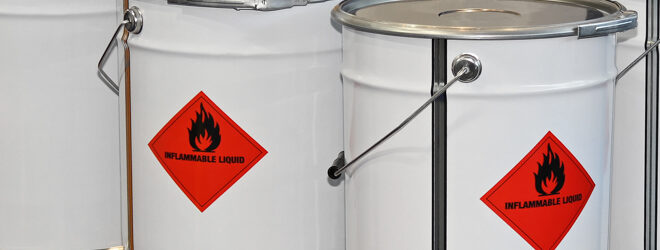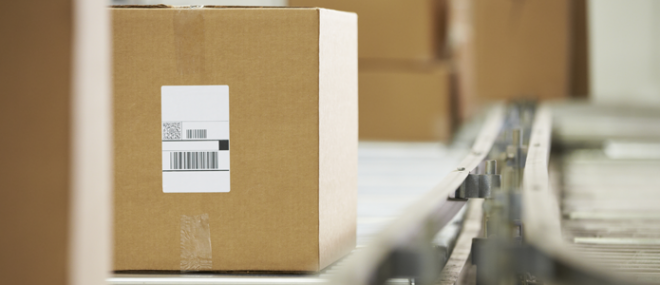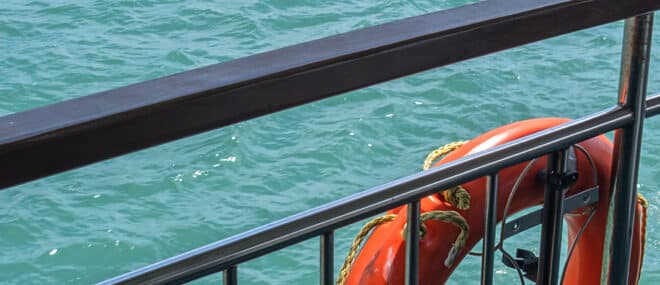Flooding can cause extensive damage to both residential and commercial properties. However, it can also severely impact construction projects as well. Delays in project timelines, compromised working conditions, and significant damage to building materials are just a few of the immediate consequences. Over time, flooding can undermine the structural integrity of a building, pose contamination risks near wastewater drainage areas, and result in defective buildings that fail to meet safety standards.
To help reduce the effects of flooding on construction sites, it’s important to understand what causes floods. Here are some preventative measures you can implement to help protect your construction site.
What causes floods?
A flood is characterized as an overflow of water on land that is normally dry. Floods are the most frequently occurring natural hazard in Canada and can strike at any time of the year. They are typically caused by heavy precipitation, melting of snow and ice, and coastal storms. Sometimes a flood can also be caused by the failure of a natural or man-made dam.
The consequences of flooding
Flooding may lead to water damage, which no one wants on their property. Not only is water damage expensive to repair, but the costs can escalate dramatically once a building is enclosed and interior finishes are installed. Beyond the immediate financial impact, water damage can have a ripple effect, adversely affecting the health of employees, clients, and yourself, as well as your business’s bottom line.
If you’re unsure about the signs of water damage, here’s a water damage inspection checklist that may help you the next time you’re working on a property.
Preventing floods on construction sites
While you can’t control the weather, bodies of water, or dams, you can reduce the likelihood of a flood damaging your construction site. Those in charge of construction sites may want to consider installing water management and detection devices, as they can provide an alert when water is detected.
Water management devices should be installed on risers, as they are able to differentiate flows of water (normal, excessive, and leaking). Additionally, these devices offer several key functions, such as:
- Shutting down the water supply when a small amount of water flow is detected
- Shutting down the water supply when water flow exceeds a pre-determined parameter
- Monitoring normal water usage and adjusting the pre-determined parameter accordingly
Water detection devices should be installed in the following areas:
- Under hot water tanks
- Under heating boilers
- At the bottom of elevator shafts
- Around air conditioning units
- In electrical equipment rooms
- Under incoming water risers
If possible, developing a water damage risk management program will go a long way in helping mitigate losses. Implementing such a program may also assist in saving time and money on future projects.
Ensure you’re protected with the right insurance coverage
While a water damage risk management program can help protect your business, sometimes despite your best efforts, things can still go wrong. That’s why insurance is important. With the proper coverage, you can rest easy knowing that you have help protecting your business and bottom line. Learn more about the coverages available for your specific industry by visiting our construction project insurance page!




